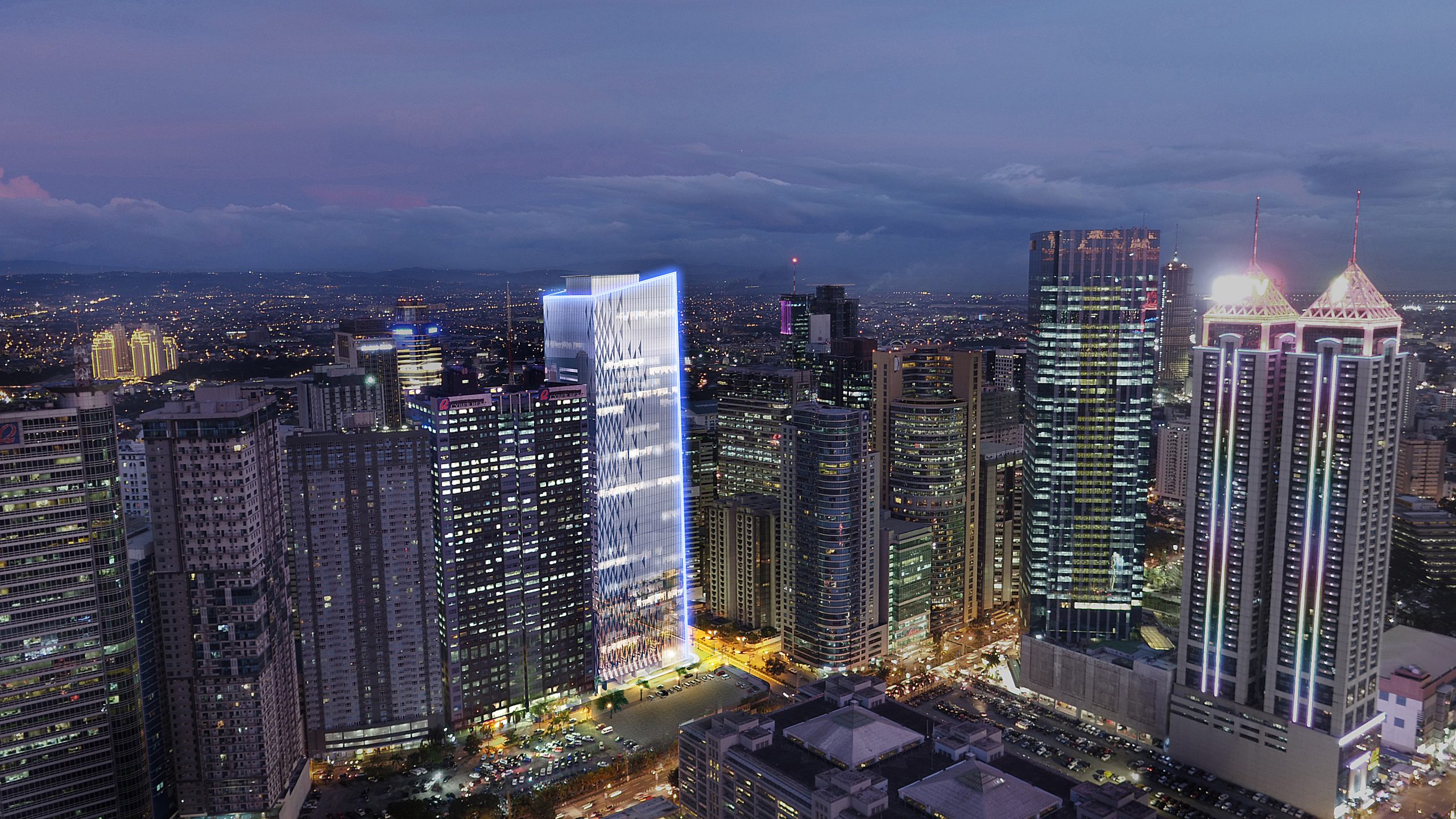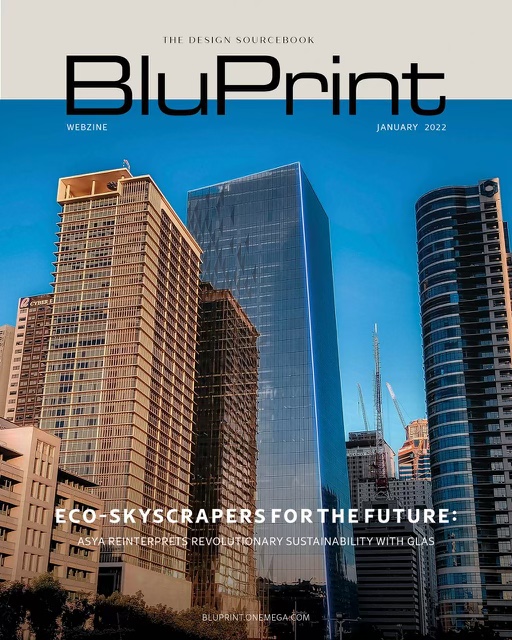
January 10, 2023
GLAS Targets Higher Sustainable Technologies Through Its Cutting-Edge Glass
Behind the durability of every green building is its sustainable technologies. The state-of-the-art facilities of GLAS is rooted to meet its sustainable goals and raise the bar on cutting-edge design. And seeing the necessity of green architecture at a time of environmental disparity, GLAS sets the precedent on sustainable advancements for other structures to follow.
The primary sustainable feature is the double-glazed, triple low-e high-performing glass windows – the first in the Philippines to use the technology. This insulated glass unit is a 32 mm-thick installation, composed of two 10 mm-thick glass sheets with a 12-mm gap for both glasses’ airspace.
Along with its structural framework and positioning on the vicinity, the triple low-E technology allows natural light to penetrate through the tower and scatter all over the floor. At the same time, it effectively blocks off heat from the sun from interfering with the tower’s temperature and maintaining its coolness. Its frit patterns and tapered silhouette help in filtering the natural sources, enabling it to illuminate inside the tower without harming the spatial quality. With its gem-like radiance, the tower stands out as a lustrous presence over the Ortigas Skyline.
The choice of the triple low-e glass has been a cost-effective one. Blocking off heat allows the tower to reduce energy requirements and costs when it comes to ventilation and temperature. Offsetting the solar emissions and glares on its interior during the daytime optimizes the performance, proclivity and productivity of occupants. And the even distribution of sunlight enables office spaces to receive ample lighting without having to consume electrical lighting.
Throughout the development of GLAS, from the construction to its final adjustments during pandemic, no other glass technology fits the eligibility of a sustainable and stylistic feature than the double-glazed high-performing windows. Its very shape also matches the motif of GLAS, with every glass panel installed representing the tower’s emblem.
And tried and tested, the triple low-e high-performing glass is able to withstand weather conditions, addressing the global quandary of climate change. It is through this technology that GLAS aims to exceed sustainable standards, not to simply meet environmental designations but to pave the way for more innovative technologies to manifest.
About GLAS
GLAS is an all-glass tower and premier office address, located in Ortigas, Pasig City. Bringing world-class design and green technologies, this state-of-the-art, 188-meter edifice features 102,000 square meters of Grade A office spaces and retail areas within its 42-story, 3-basement structure. Its innovative features that exceeds typical office building standards makes this is a PEZA-registered location. And setting benchmarks in green architecture marks it as a LEED-certified Platinum office tower.
GLAS is designed and built by internationally acclaimed firm, ASYA Design. For leasing inquiries, you may contact Espace Leasing and Marketing at (02) 8801 6888 or email us at inquiry@espace.ph.


Future Forward: ASYA and Glas’ Game-Changing Sustainable Design, featured on BluPrint Magazine
The blending of technology and architecture has come a long way over the centuries. For other countries, green architecture is already the norm. In architecture’s most recent progression, new designs that have been strongly influenced by the inherent responsibility of being kinder to nature have slowly been taking the reins, combining form and function with sustainability. In the past, business structures only seemed to focus on creating buildings that were all for human benefit and simply for the sake of having an office space. Without sustainability in mind or the practice of maintaining a green approach, these buildings almost ignored the heavy environmental impact structures can leave. As the team in ASYA believes, modernity however requires flexibly bending to changes in nature which now asks for a wider range of sustainable structures that can last future generations.

